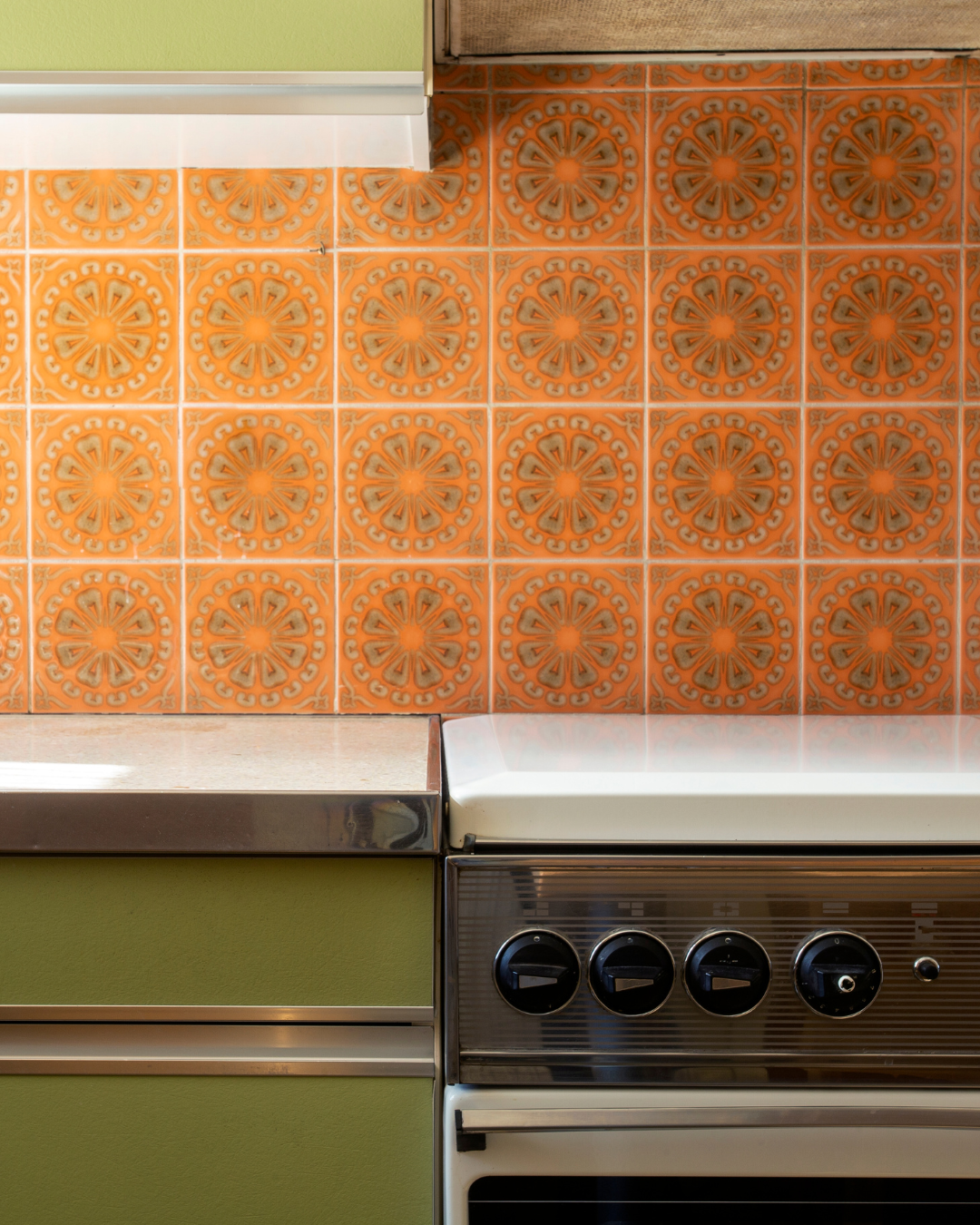Seventies Style Is Back in Luxury Interiors
/SOURCE: Sotheby’s
From a sunken lounge in Byron Bay to a bold London pied-à-terre, designers are embracing the laid-back glamour, tactile textures and warm tones of a defining decade, writes Kate Youde
Even if you didn’t live through the 1970s, you won’t have escaped the decade’s aesthetic. In recent years, the period’s influence has been seen from the catwalk to the big screen, not to mention our homes where warm, earthy tones, rattan furniture and rich velvets are enjoying renewed popularity. But why does this era recur as a reference in luxury design?
Interior designer Yasmine Saleh Ghoniem, director of YSG Studio in Sydney, Australia, believes the decade has “an everlasting relaxing mood that’s really grounding.” And she means it—literally.
“Furniture was low: coffee tables, sofas and soft, textural carpets that invite you to kick your shoes off and relax,” says Ghoniem. “Soft furnishings were voluptuous and fabrics were super tactile, from velvet to chenille. The ’70s is also defined by lots of solid timber pieces. Color confidence was much freer then, with patterned wallpapers and printed fabrics used for window treatments, too. All these stimulating elements indulgently feed the soul.”
Ghoniem drew from this pre-digital age when she was creating “a laid-back family utopia” in the Australian wellness and surf hub of Byron Bay, New South Wales. Comfort was key to the scheme. The centerpiece of the open-plan living area is a 1970s-inspired sunken lounge. This space was original to the 1990s property but she enhanced it with a custom “plump and cushioned” oversized L-shaped sofa.
The home’s palette of browns include warm caramel and toffee hues, as seen in the terracotta tile flooring in the living area. The choice reflects the owners’ desire for a ’70s feel, while pieces from the period are “sprinkled about”.
Chrome, another recognisably retro feature, is incorporated in various ways, from vintage dining chairs reupholstered with a “shimmery” citron fabric to a new kitchen balustrade that frames the sunken lounge. “There’s a coolness to chrome that works beautifully against warmer materials,” says Ghoniem. “The trick is finding the balance. It’s all about accents as too much silver can make a room feel industrial. Used sparingly—a chair leg here, a light fixture there—it adds moments of reflection that bounce light around the room.”
A chrome tubular frame also connects individual seats together in the Victoria modular system that David Raffoul and Nicolas Moussallem imagined for the Italian designer furniture brand Tacchini. “It looks like it could have been made in the ’70s but it’s also very contemporary,” says Moussallem. “That idea of traveling within these lines of time is something that our studio has been working with since our start in 2011.”
The duo, furniture, product and interiors designers and co-founders of the international studio David/Nicolas, are from Beirut. The Lebanese city’s architecture has “a lot of disproportionate proportions,” says Moussallem. “The ’70s had this subtlety as well. So we connect with that kind of aesthetic—but we do not actively search for it.”
The pair are now working on the interiors for a new-build villa in Athens, Greece. Their client has requested “a 1970s-inspired house” so they are targeting a feel of the decade in specific areas including its own private nightclub. Raffoul says he and Moussallem are against direct references. “You’re not doing movie sets,” he says. “You’re doing a real place to live.”
Clearly, 1970s-inspired design doesn’t have to be confined to a home from that era. Rebecca Hughes, creative director of her eponymous London-based interior design studio, says the choice is more about the character and function of a space, and how someone wants people to feel in it.
“The thing you have to be careful of with ’70s style is that you don’t want it to look too kitsch,” Hughes says. “It’s drawing from the period but also mixing it with maybe some modern pieces, even some antiques, and having a mid-century feel as well.”
She is currently working with a client who wants to take inspiration from the ’70s for a pool house in Buckinghamshire in southeast England. Hughes sourced period pieces including a rattan lampshade and a curved ’70s sofa, which she has reupholstered in a contemporary outdoor fabric, but is mixing these with finishes such as modern art. There is, she says, a need to be selective.
As the 1970s was “about lounging and relaxing and entertaining at the same time,” says Hughes, the aesthetic lends itself to open-plan living spaces. She has designed a mustard yellow kitchen with olive green tiles and chequered vinyl flooring for a couple’s pied-à-terre in London’s Chelsea.
While these colors are “quite iconic” for the decade, she says this yellow is slightly more vibrant than original hues to compensate for the room’s lack of natural light. A fruit-pattern wallpaper carries through to the dining and living areas. Interior designer Peter Mikic also chose yellow to drench his Benjamin Moore dining room at the summer 2025 WOW!house interior design showcase in London. Inspired by 1970s glamour, it is a bold space for entertaining.
For both her projects, Hughes’ brief centered on hosting guests “and doing something a little different.” She hopes you “would have fun” at a home with these welcoming 1970s-inspired interiors. “And you might even hope that someone would make you a cocktail in the corner as well,” she adds. Cheers to that.
SOURCE: Sotheby’s




